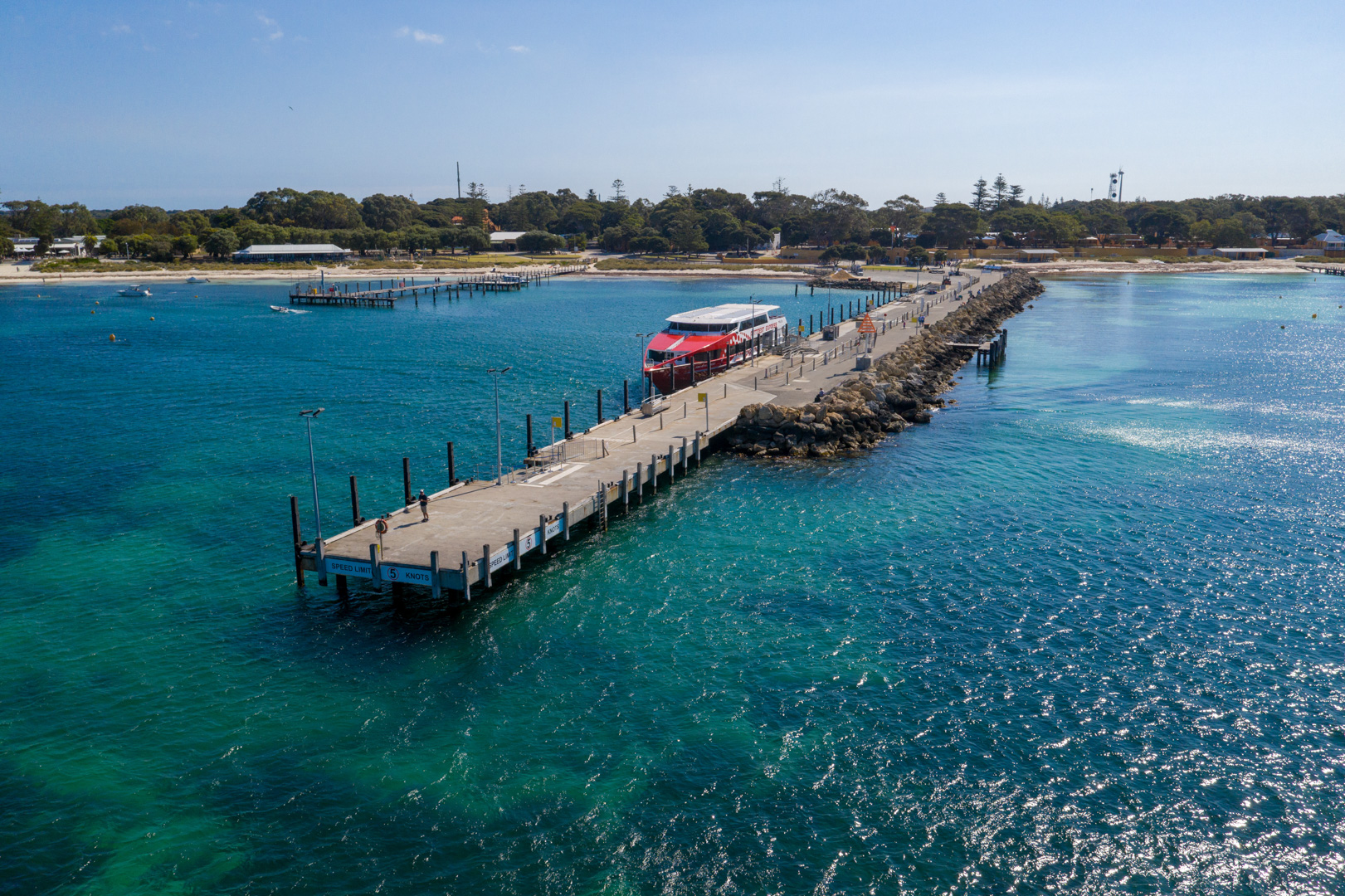

To lower or cut her masts to pass under a bridge. The ship, having reached the port (and discharged her cargo), must be able to leave safely, e.g.
BERTH VESSEL MEANING FREE
It must be a politically safe port, free from any state of war or embargo.ĥ. Warehouses and other establishments for dealing with the kind of cargo contemplated.Ĥ. There must be adequate facilities for trade, including a safe shore landing of goods, proper wharves, The vessel to “proceed to the loading port or place stated or as near thereto as she may safely get and lie alwaysĪfloat”, the terms will often be amended to permit a short-sea vessel to lie “safe aground”.ģ. Load and/or discharge aground or there is special agreement to do so. It must be a port where the vessel can lie safely afloat at all states of the tide, unless it is customary and safe to neap tides, does not, however, make a port unsafe.Ģ.

However safe a port mayīe in other respects, it is not “safe” if the vessel cannot reach it without serious risk of damage by ice, etc.

There must be safe access to the port and it must be free from permanent obstruction.

Requirements for a port to be considered a “safe port” are as follows:ġ. Of some abnormal occurrence, being exposed to danger which cannot be avoided by good navigation and Unless, in the relevant period of time the particular ship can reach it, use it and return from it without, in the absence The legal definition of “a safe port” is “A port will not be safe Warranty, the master has a right to refuse to enter, or refuse to stay at, the port in question. This requirement will often be expressed in the preamble to the terms of a modern charterĬharterers usually give an absolute warranty that ports to which they will send the vessel will be “good and safe”,īut in some charter parties the charterer’s warranty is one of “due diligence” only. Safe ports and berths for cargo ships employmentĪn important contractual provision in virtually all time and voyage charter parties is that the vessel may be sent only


 0 kommentar(er)
0 kommentar(er)
